There was a time when opening a can meant instant comfort, convenience, and even a dash of excitement. For much of the 20th century, canned foods weren’t just pantry staples—they were reflections of how Americans ate, thought, and lived. From after-school snacks to emergency dinners, the can opener was a culinary lifesaver. But as eating habits shifted and expectations for freshness, health, and authenticity grew, many once-beloved canned products began to disappear quietly from grocery shelves.
What happened? In short, America’s palate evolved. The rise of microwaveable meals, refrigerated plant-based proteins, and global flavors meant that quirky or overly processed items simply couldn’t keep up. Some products were tied to pop culture trends—fun for a time, but not made to last. Others clung to tradition but lost relevance in a world more focused on clean labels and culinary variety. And then there were those that just couldn’t compete with fresher, faster, or more flavorful alternatives.
In looking back at these 9 discontinued canned foods, we’re not just taking a stroll down grocery aisle memory lane—we’re witnessing the broader transformation of American food culture. Each of these lost items tells a small but significant part of the story: how childhood favorites, meat substitutes, novelty pastas, and even comfort food classics fell out of favor as the nation’s values changed. From the slow fade of pepper pot soup to the final farewell of meatball stew, these products didn’t all vanish with a bang—some slipped away so quietly, most of us didn’t even notice until they were gone. Yet each one reveals something deeper about what we once craved, and why we’ve moved on.
1. Campbell’s Pepper Pot Soup

Dating back to the American Revolution, this hearty soup combined tripe, vegetables, and black pepper in a uniquely Philadelphia tradition. Campbell’s version became a pantry staple throughout much of the 20th century.
By 2010, modern consumers increasingly avoided organ meats like tripe, viewing them as old-fashioned or unappetizing. The soup’s quiet discontinuation marked the end of a culinary era that stretched back to Valley Forge.
Today, pepper pot soup survives primarily in recipe books and the memories of older generations who recall its distinctive flavor – a testament to how dramatically American meat preferences have changed.
2. Nuteena Vegetarian Loaf
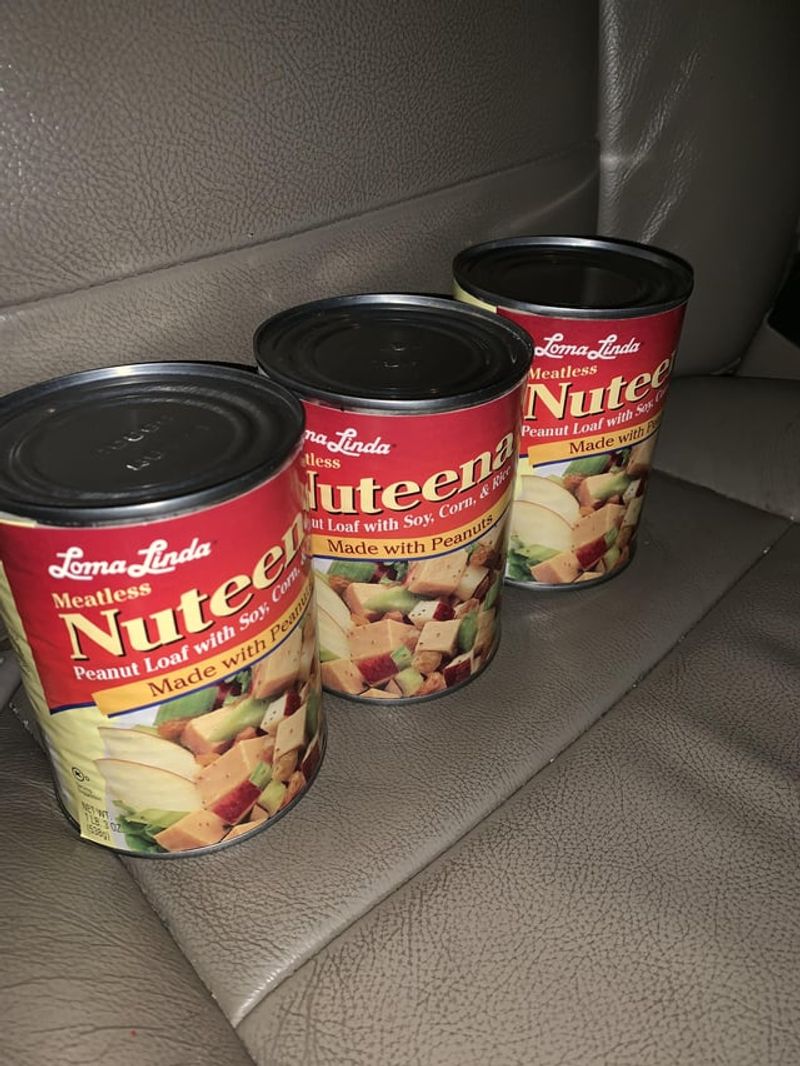
Nuteena Vegetarian Loaf was a canned meat substitute made from peanuts, soy, and grains. Its dense texture and savory, nutty flavor made it a staple for quick vegetarian meals. It could be sliced, fried, or eaten straight from the can, offering both convenience and protein.
Produced by Loma Linda Foods, Nuteena gained popularity from the 1960s through the early 2000s, especially among Seventh-day Adventists and health-conscious eaters. Its long shelf life made it ideal for stocking up.
But by 2005, evolving consumer preferences favored refrigerated plant-based meats with more familiar textures. Nuteena quietly disappeared, leaving behind a small but loyal fan base and a quirky legacy.
3. Franco-American Macaroni and Cheese
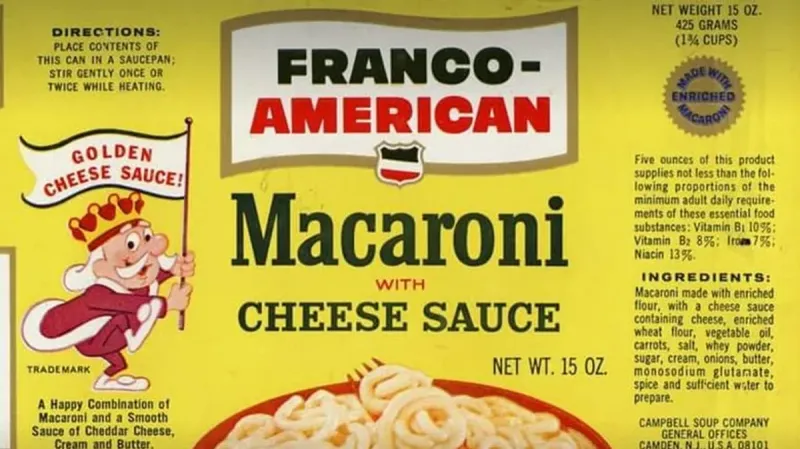
Once the savior of busy parents everywhere, this canned pasta promised a hot meal in minutes when microwaves were still novelties. The soft, orange noodles emerged from the can in a gelatinous block that heated into a creamy consistency kids adored.
Campbell’s retired the entire Franco-American label in 2004, signaling a shift in how Americans viewed convenience foods. As health consciousness grew, the sodium-laden, preservative-rich formula fell from favor.
Modern families instead gravitated toward boxed mac and cheese or refrigerated options perceived as fresher and more customizable – demonstrating America’s evolving relationship with convenience versus quality.
4. Libby’s Canned Spaghetti
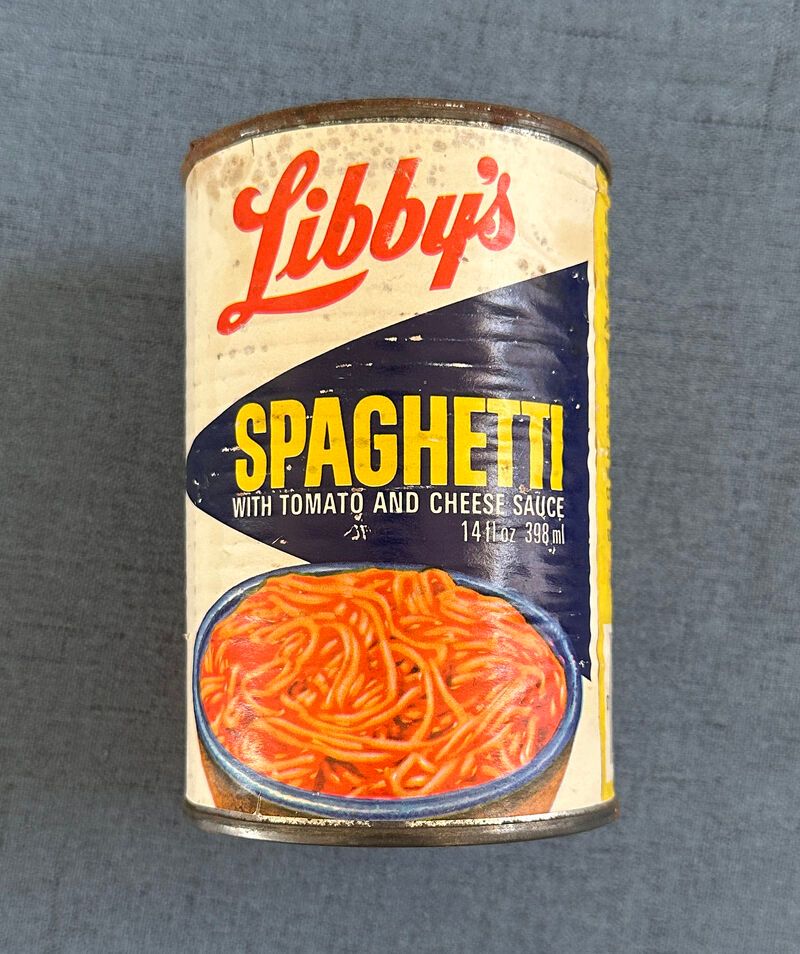
Throughout the mid-20th century, Libby’s canned spaghetti represented an accessible taste of Italian cuisine for middle America. The soft noodles swimming in sweet tomato sauce were a pantry standby for quick lunches and emergency dinners.
By the early 2000s, this product disappeared as Americans developed more sophisticated pasta preferences. The rise of jarred sauces paired with dry pasta offered customization that canned versions couldn’t match.
Food television and increased travel educated American palates about authentic Italian cooking, making the canned version seem like a poor substitute. Libby’s spaghetti epitomizes how global food awareness transformed everyday eating habits.
5. Chef Boyardee Smurf Pasta
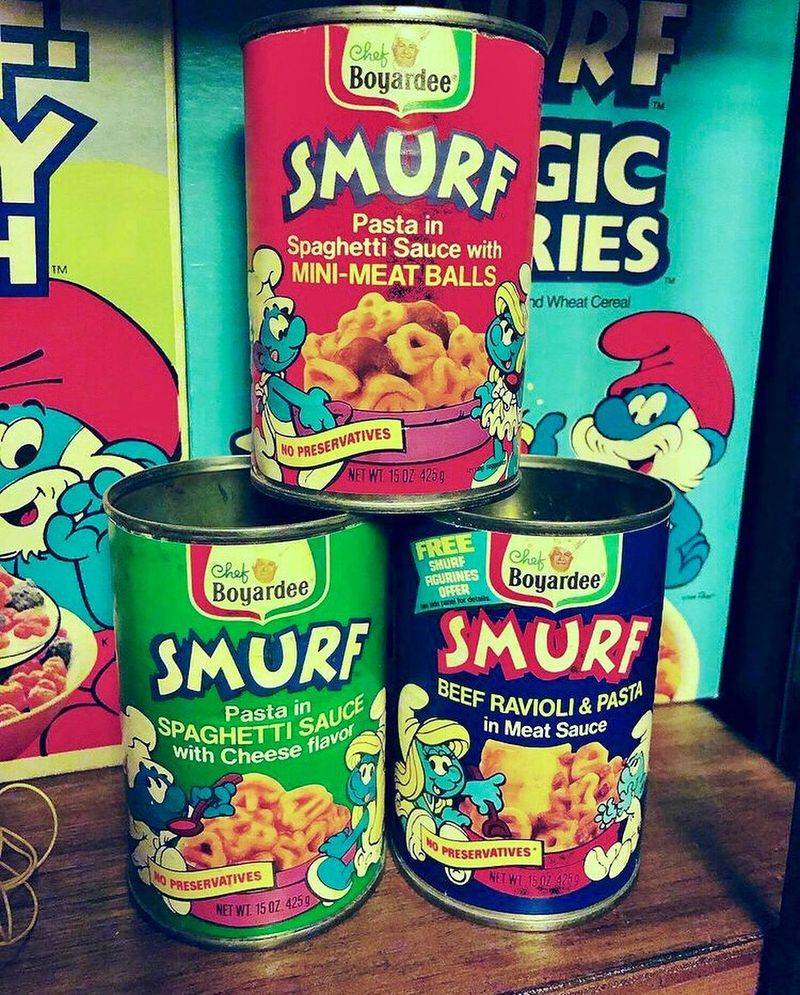
Chef Boyardee Smurf Pasta hit shelves in 1985 at the height of Smurf-mania, turning a basic canned meal into a cartoon-themed treat. Shaped pasta pieces resembling beloved characters like Papa Smurf and Smurfette swam in a tangy tomato sauce, making dinnertime more fun for kids across America.
The marketing was just as playful, with TV commercials showing the Smurfs themselves making the pasta to keep it out of Gargamel’s hands. It quickly became a lunchbox favorite and a nostalgic memory for many who grew up in the late ’80s.
But as the Smurfs faded from the spotlight in the 1990s, so did the pasta. Without the cultural momentum behind it, Chef Boyardee quietly pulled the product, leaving fans with fond memories and empty shelves.
6. Hunt’s Canned Pudding
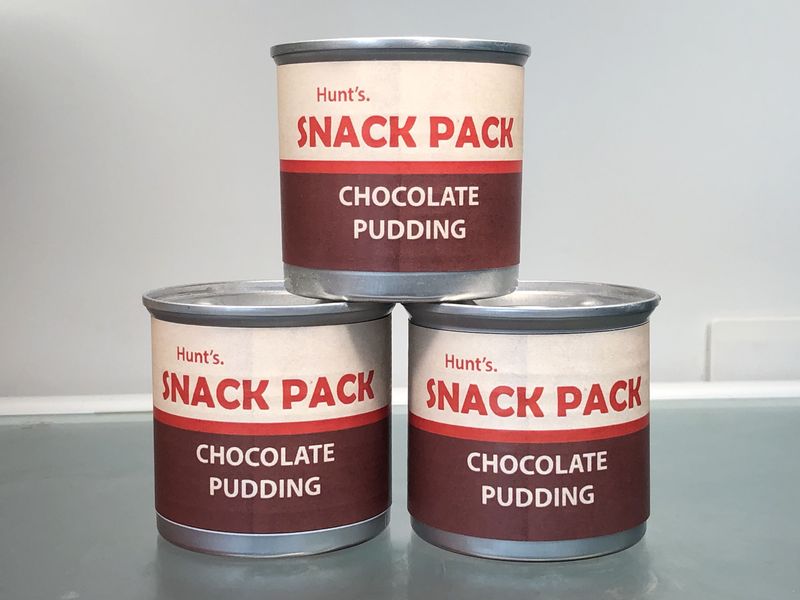
Metal cans of chocolate, vanilla, and butterscotch pudding once filled school lunchboxes nationwide. Children delighted in peeling back the metal lid to reveal the sweet treat waiting inside – a ritual as enjoyable as the pudding itself.
Safety concerns about sharp metal edges prompted Hunt’s dramatic shift to plastic cups in 1984. The Snack Pack rebranding wasn’t just a container change but a complete product reinvention that rendered the original obsolete.
This transformation represents how packaging innovation often drives food evolution more than taste preferences. Hunt’s canned pudding demonstrates that sometimes beloved foods don’t disappear because people stop loving them, but because manufacturers find better delivery systems.
7. Chef Boyardee Pac-Man Pasta
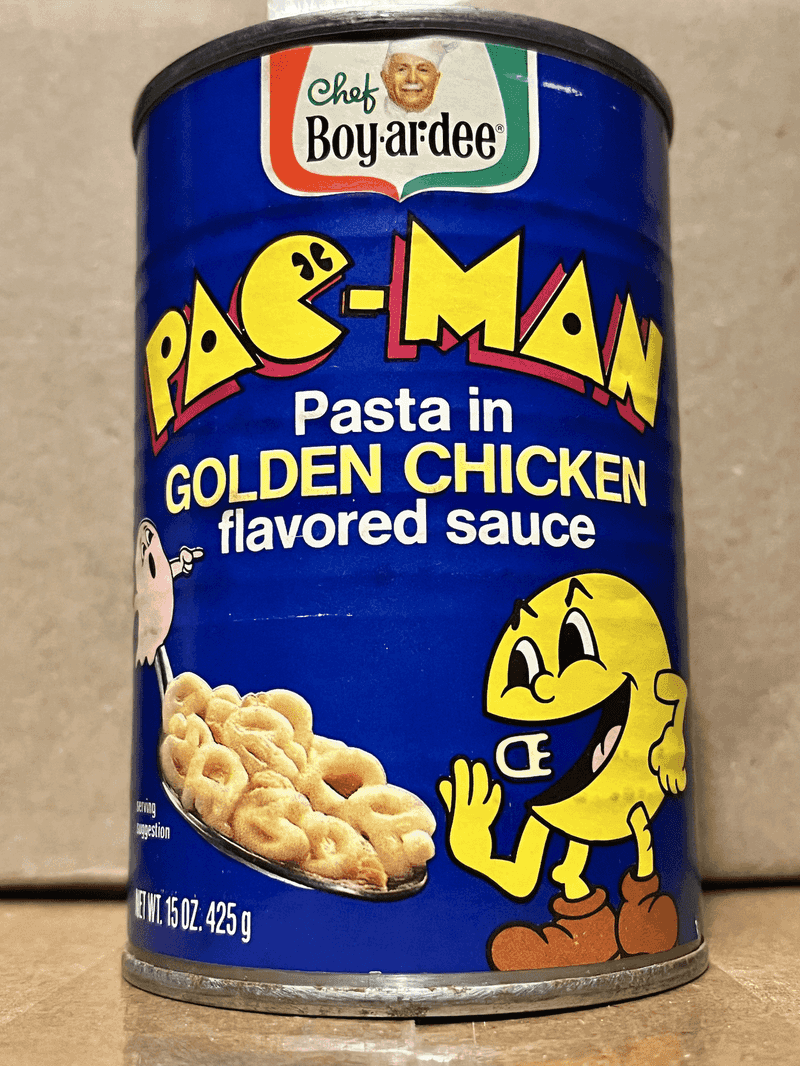
Yellow pasta shapes resembling the iconic video game character floated in tomato sauce, creating a perfect storm of 1980s youth culture and food marketing. Kids begged parents for this novelty pasta that let them literally consume their entertainment obsession.
Launched in 1983 and discontinued just a year later, Pac-Man pasta’s brief shelf life mirrored the fickle nature of pop culture trends. The product’s rapid rise and fall demonstrated how food companies began chasing entertainment fads.
This short-lived pasta variety pioneered the now-common practice of licensed food products tied to movies, games, and celebrities. Chef Boyardee Pac-Man pasta represents the moment when American food marketing fully embraced pop culture crossovers.
8. Dinty Moore Meatball Stew
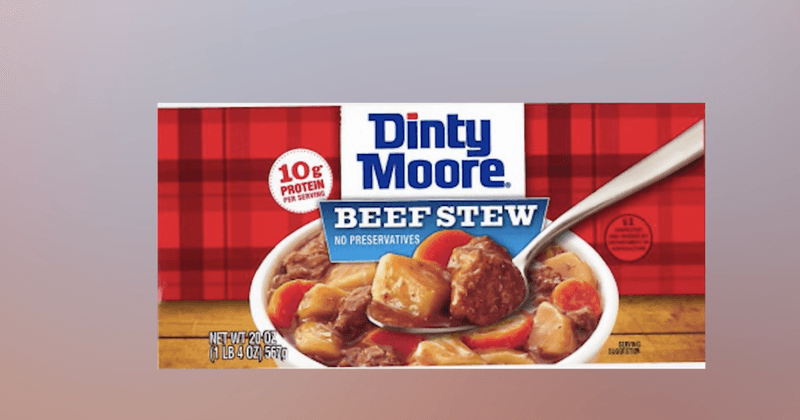
Dinty Moore Meatball Stew was once a pantry staple for those craving a no-fuss, hearty meal. With beefy meatballs, potatoes, peas, and carrots swimming in savory brown gravy, it offered reliable comfort in every can. For many, it was a quick way to serve something warm and filling after a long day.
Though not flashy, the stew had its loyal fans. But by 2016, it quietly disappeared from shelves with little explanation. Its absence didn’t spark outrage—just quiet confusion.
The discontinuation reflected America’s changing food values. As preferences shifted toward fresh and less processed options, this classic was quietly retired.
9. Chun King Canned Chinese Food
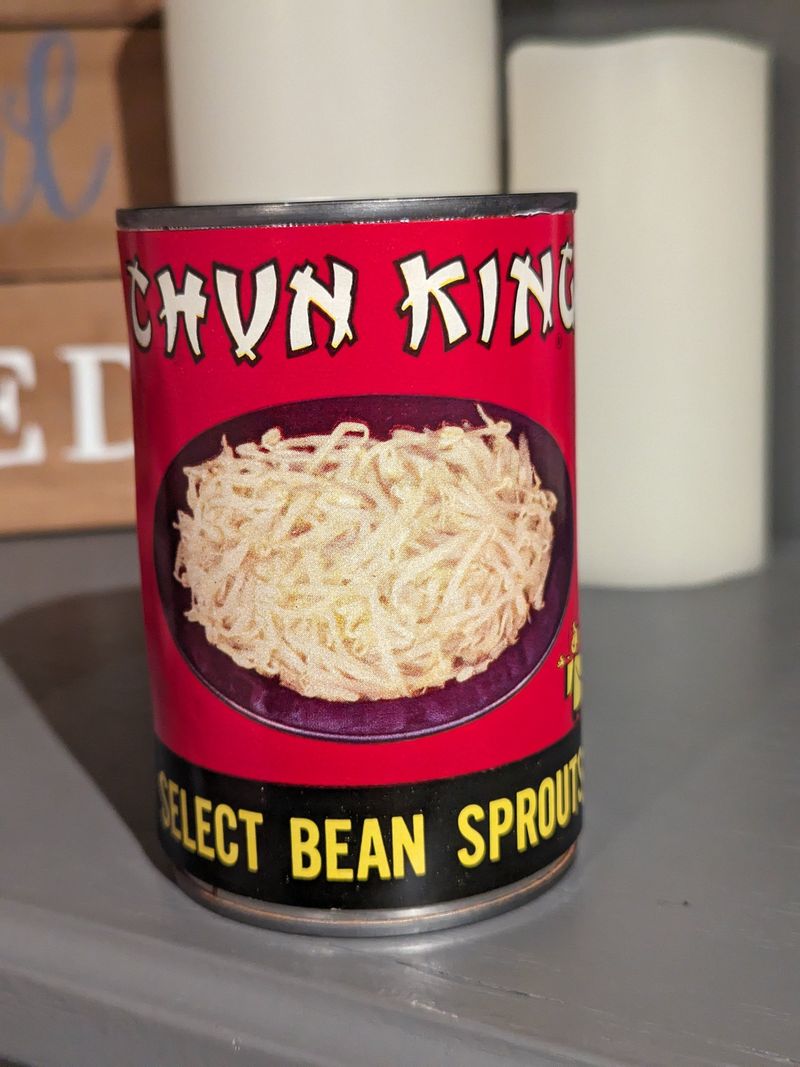
In post-war America, these cans of chow mein and chop suey represented exotic culinary adventure for suburban families. The divided cans separated crispy noodles from saucy vegetables and meat, creating an interactive dining experience.
Founded by Jeno Paulucci (an Italian-American entrepreneur), Chun King introduced many Americans to their first taste of “Chinese” cuisine, however inauthentic. The brand’s 1995 discontinuation signaled Americans’ growing sophistication about international foods.
As authentic Chinese restaurants proliferated and Americans traveled more widely, these Americanized versions lost their appeal. Chun King’s rise and fall charts America’s evolution from culinary isolation to global food awareness and the demand for authentic ethnic cuisine.
Leave a comment